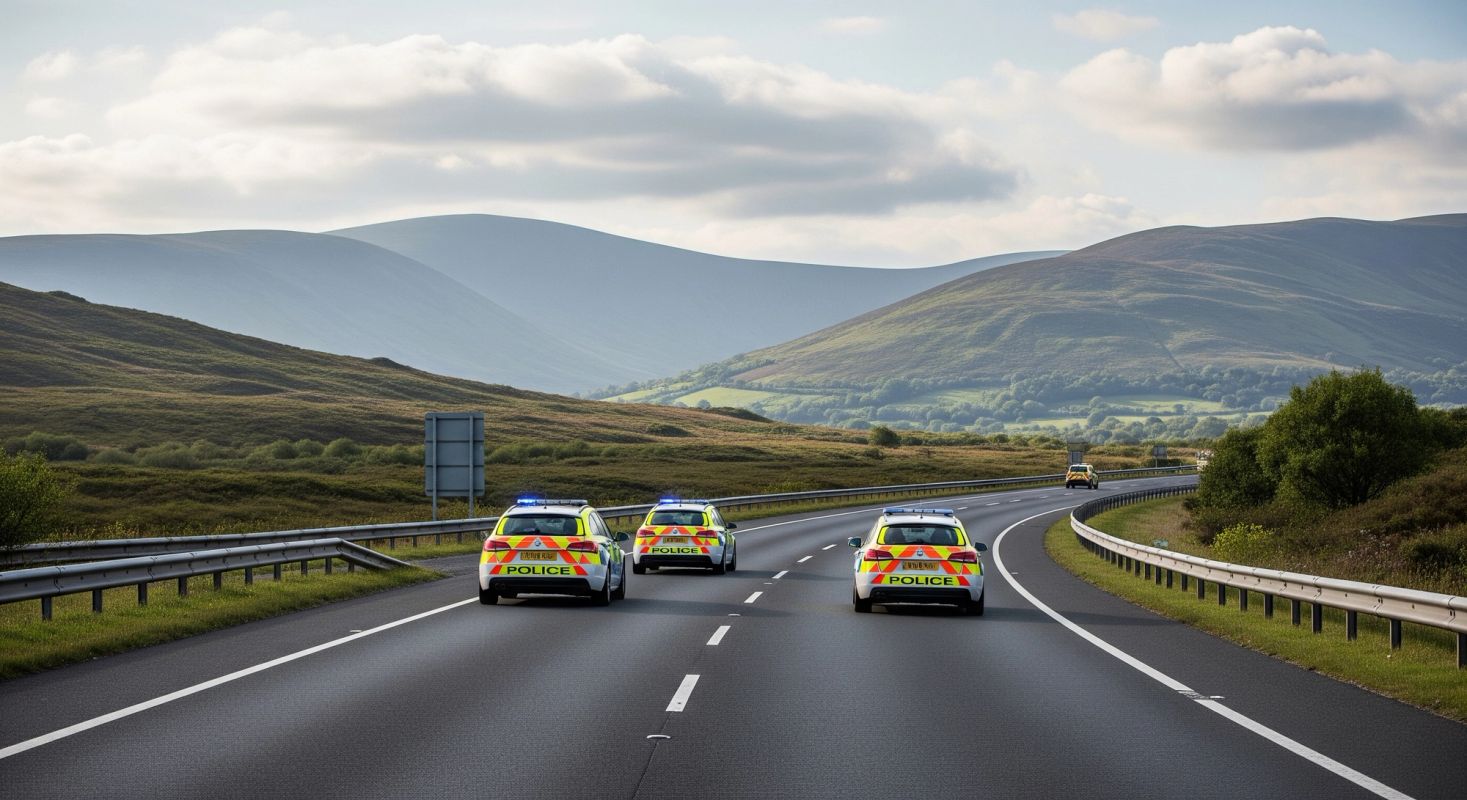Police Driver Courses
We look at the different types of training police drivers undertake
- Initial Police Driving Course (Standard Response)
- Advanced Police Driving Course
- TPAC (Tactical Pursuit and Containment)
- VIP Escort / High-Security Convoy Driving
- Motorcycle Police Rider Training
- Public Order & PSU Driving
- Surveillance & Covert Driving
- Instructor Development Courses
Professional police drivers undergo some of the most rigorous and structured driving training in the world. Their aim isn’t just to drive fast—it’s to drive well, with precision, purpose, and control under pressure.
Here’s a closer look at the key courses:
1. Standard Response Course
This is the foundation. Officers learn to drive safely at speed, respond to emergencies, and navigate traffic using blue lights and sirens—all while maintaining full vehicle control. Think of it as the transition from everyday motoring to operational competence.
2. Advanced Police Driving Course
Reserved for selected officers, this course builds on the response standard. It refines car control, observation, anticipation, and planning to a level few civilian drivers ever experience. The principles are rooted in Roadcraft, the police driving manual. Candidates learn to read the road like a narrative, always several chapters ahead.
3. TPAC Training
Tactical Pursuit and Containment is where it gets surgical. Officers are trained in pursuit driving, vehicle positioning, and controlled stops using physical tactics. High-speed decision-making, spatial awareness, and coordinated teamwork are critical.
4. VIP Escort Driving
Used by firearms and protection officers. It blends high-speed control with discretion and security tactics, including evasive manoeuvres and convoy driving. Precision and discipline are essential.
5. Motorcycle Rider Training
Police motorcyclists train to an equally high standard, often seen riding with unshakeable stability and awareness. The techniques echo the advanced system of motorcycle control, again drawn from Roadcraft.
6. Public Order Driving
Driving large vans in hostile or chaotic environments—such as riots—demands a separate skill set. Officers are trained in manoeuvring through tight spaces, protecting colleagues, and maintaining control under physical threat.
7. Surveillance & Covert Driving
This is about blending in. Officers are taught to follow suspects discreetly, avoid detection, and work in teams without attracting attention. The driving is fluid, smooth, and subtly brilliant.
8. Police Driving Instructor Training
Only the best make it here. This course transforms skilled drivers into coaches, able to teach, assess, and correct with clarity. It includes adult learning theory, instructional techniques, and performance assessment.
Police driver training is not about ego or aggression. It’s about control, calm, and clinical execution. The best police drivers don't look fast—they look smooth. The hallmark of real skill.
« Back to Knowledgebase

